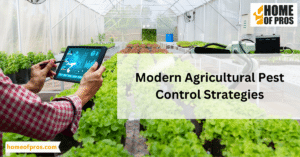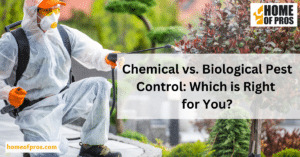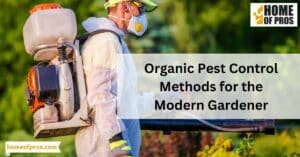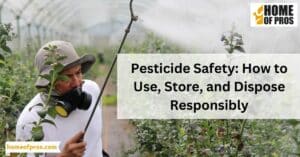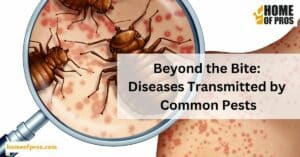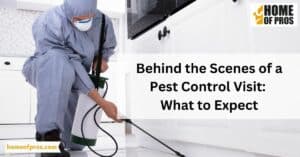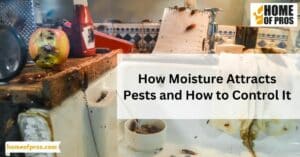Gardening can be a very rewarding hobby, but it can also be frustrating to see your hard work destroyed by garden pests. It’s important to take preventative measures to keep those pesky critters at bay. To help you out, we’ve compiled steps for the prevention and control of garden pests.
Gardening can be a rewarding hobby, but pests can ruin your hard-earned bounty. Fortunately, there are proactive steps you can take to keep them at bay. From choosing pest-resistant plants and creating permanent walkways to attracting beneficial insects and using natural repellents, these tips will help you enjoy a thriving garden free from pests.
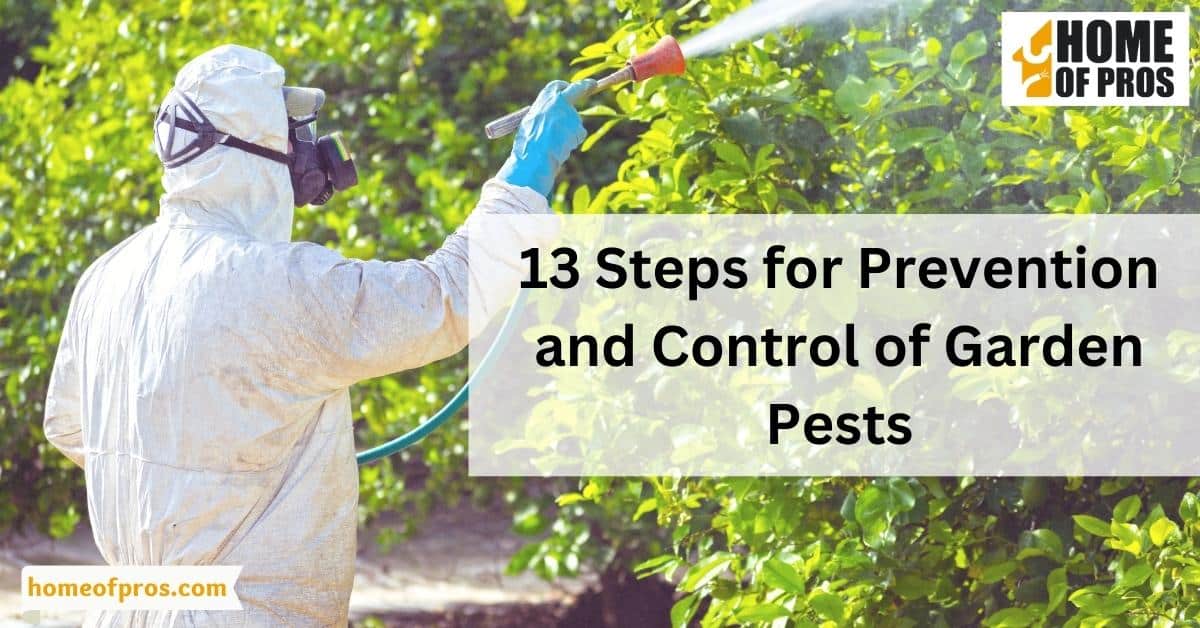
1. Encourage Healthy Soil
Healthy soil plays a crucial role in preventing and controlling garden pests. By implementing certain measures such as crop rotation, composting, and avoiding chemical fertilizers, you can enrich and maintain the soil’s health. Healthy soil not only encourages beneficial insects and microbes that suppress pests but also helps plants to grow strong and resist diseases naturally.
Test soil pH regularly and adjust it accordingly so that it remains in the optimal range for plant growth. A diverse crop selection and proper watering will also create a healthy environment for plants and soil.

2. Choose Resistant Varieties
Certain varieties of plants are naturally more resistant to pests and diseases than others, so it’s important to choose wisely. Do research before planting to find out which cultivars have the best resistance ratings for the specific pests in your area.
Consider selecting heirloom varieties that you can save seed from year-to-year, as they tend to be more resilient and diverse.
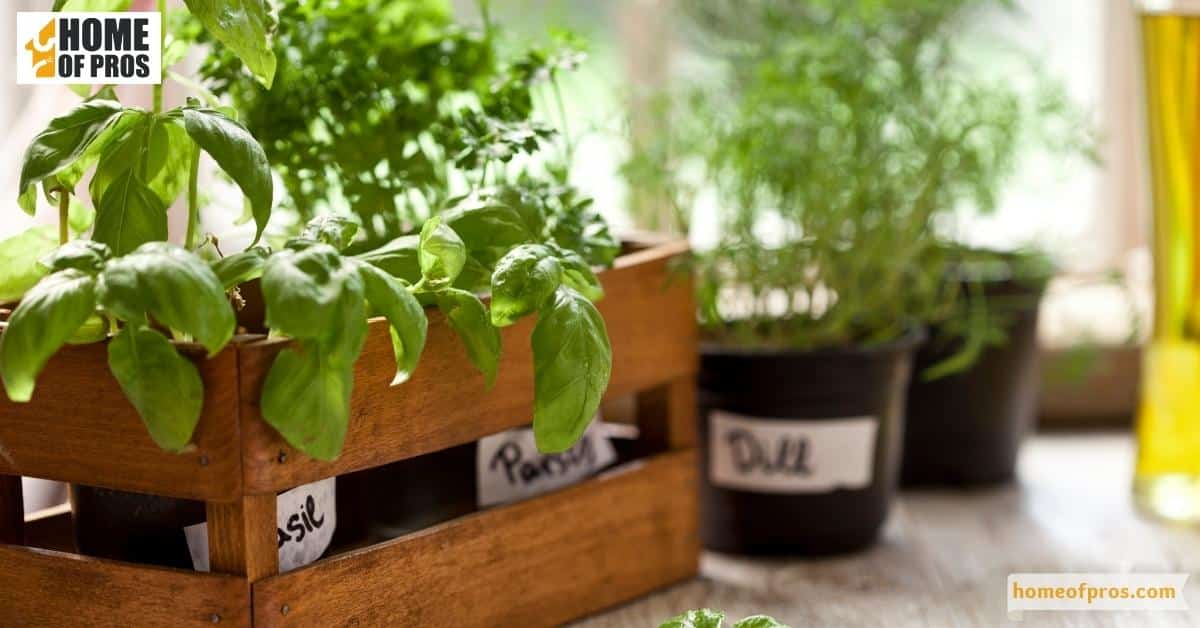
3. Plant in the Right Place
Plant your crops and ornamentals in areas where they are most likely to thrive. Consider things like sun exposure, soil type, and temperature when choosing the best spot for each plant.
Pay attention to how certain species interact with one another – some require more or less space than others, while some plants may be beneficial companions that naturally repel pests.
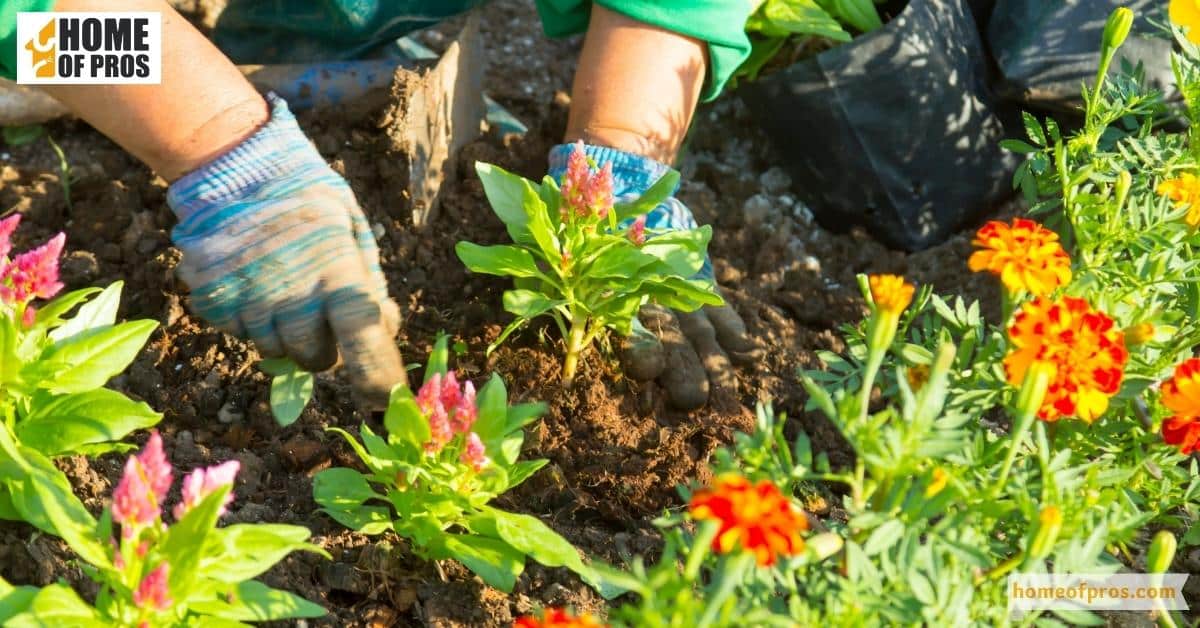
4. Attract Beneficial Insects
As gardeners, we all have our nemesis when it comes to pests. But have you considered using beneficial insects to combat these pesky invaders? Attracting beneficial insects to your garden can be a practical and effective way to manage pests without resorting to harmful chemicals.
There are simple steps you can take to create a welcoming habitat for these helpful creatures, from providing shelter and water to choosing the right plants and incorporating a diverse array of species.
By following these steps, you can turn your garden into a thriving ecosystem that supports both your plants and the insects that help protect them.
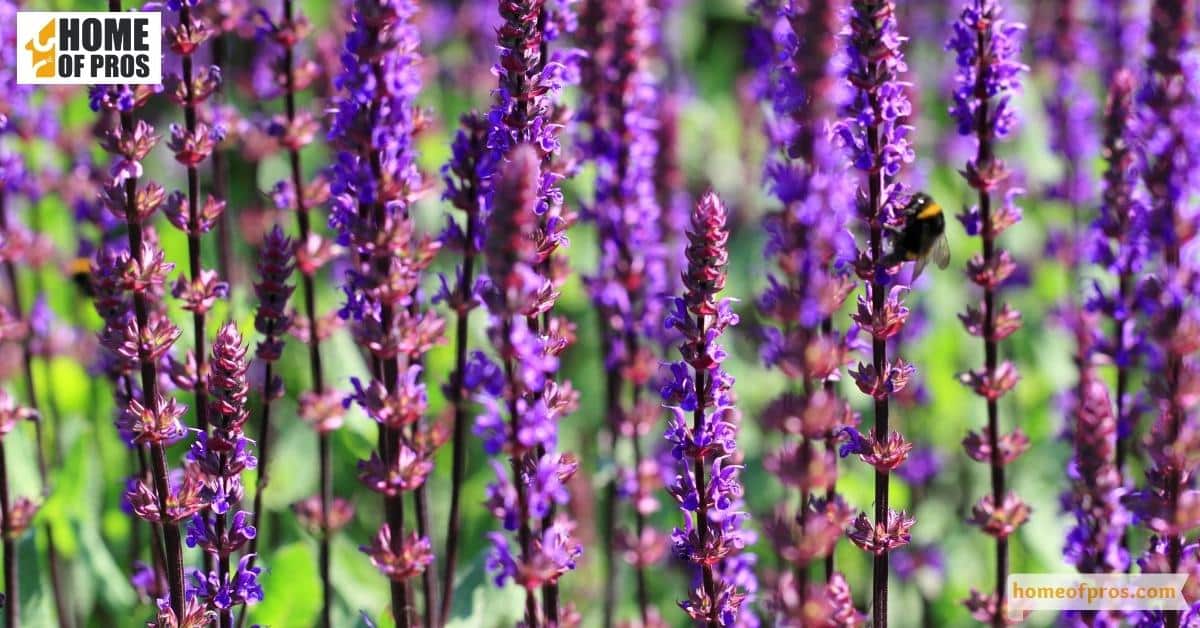
5. Repel Pests
Gardening is a wonderful activity that can bring so much joy and beauty to our lives. However, it’s not without its challenges, especially when it comes to pests. These little critters can wreak havoc on our plants and leave us feeling frustrated and defeated. But fear not, there are steps you can take to prevent and control garden pests.
From using natural repellents like garlic and peppermint to regularly inspecting your plants for signs of infestation, these tips are practical and easy to implement. By taking the necessary precautions, you can enjoy a thriving garden free from pests.

6. Rotate Crops
Rotating crops is one of the most important steps you can take to prevent pest problems in your garden. By changing up what you grow and where it’s planted each season, you can keep pests from getting used to and establish permanent residence in your garden.
This also helps avoid nutrient depletion that can occur when the same plants are planted in the soil year after year.
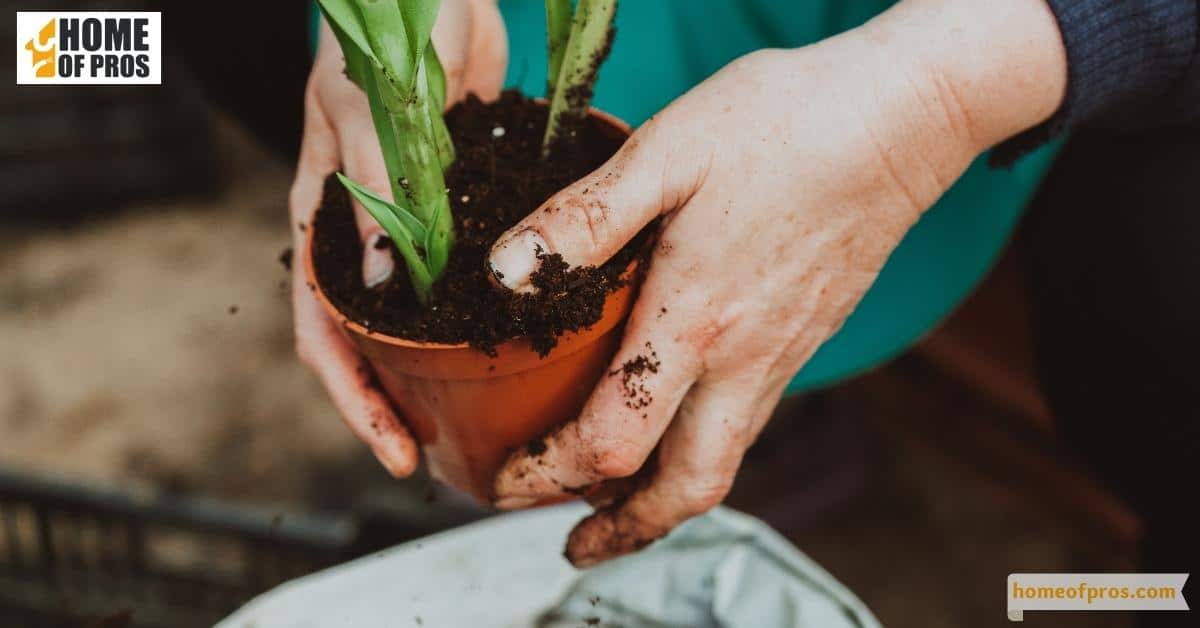
7. Practice Interplanting
If you’re looking for an effective way to prevent and control garden pests without resorting to harmful pesticides, interplanting is definitely worth considering. This method involves planting complementary plants together in the same bed or container, which can confuse and deter pests while also improving soil health.
By practicing interplanting, you can create a diverse and resilient ecosystem in your garden that is less attractive to pests and more conducive to healthy plant growth. Some popular interplanting combinations include marigolds and tomatoes, basil and peppers, and chamomile and cabbages.
Don’t be afraid to experiment with different combinations and see what works best for your garden. With a little planning and patience, interplanting can be a great way to promote a healthier and more sustainable garden.
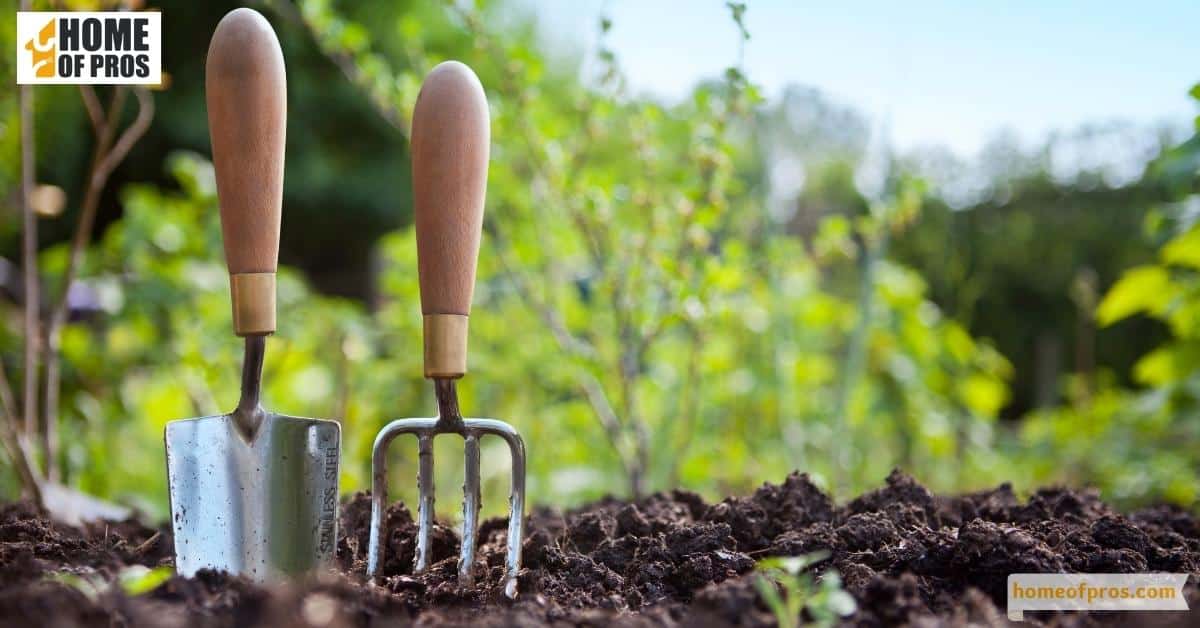
8. Use Floating Row Covers
Floating row covers are a great way to protect your plants from pests while still allowing them to receive vital sunlight and air. These lightweight fabric barriers can be placed over individual rows or beds of plants to keep out insect pests without the use of harmful pesticides.
They also provide insulation for sensitive crops during cold temperatures, and they make it easy to monitor your plants for signs of disease and infestation. Keep in mind, however, that floating row covers are not foolproof – some pests can still find their way through the fabric, so it’s important to inspect your plants regularly for signs of damage or infestation.
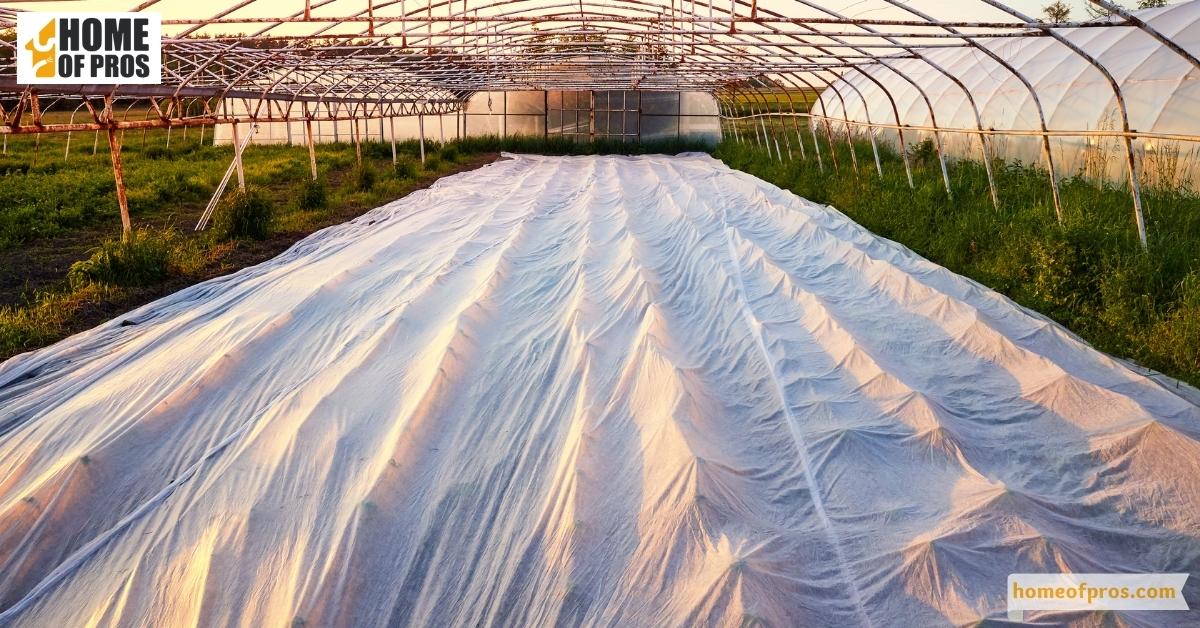
9. Create Permanent Walkways
Permanent walkways are a great way to keep pests from accessing your plants while also creating an attractive feature in your garden. By using materials such as wood chips, gravel, or flagstones, you can create unique pathways that provide access to all areas of the garden while keeping pests out.
Not only do permanent walkways help reduce the spread of disease and infestation, but they also add a lovely aesthetic element to your landscape.
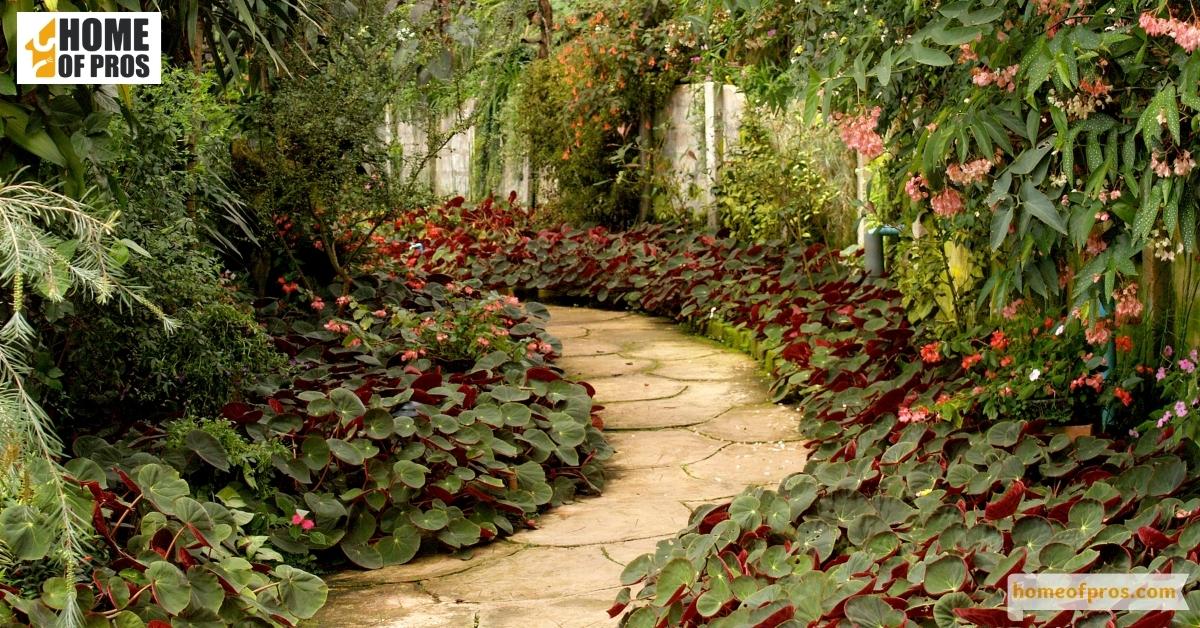
10. Let Some Pests Be
When it comes to garden pests, sometimes the best thing you can do is nothing at all. It may seem counterintuitive, but leaving a few pests in your garden can actually help keep populations from getting out of hand. Many beneficial insects feed on small numbers of pests, and these bugs are essential for maintaining balance in the garden ecosystem.
So if you come across a few pests, consider leaving them be – they just might end up helping your garden in the long run.
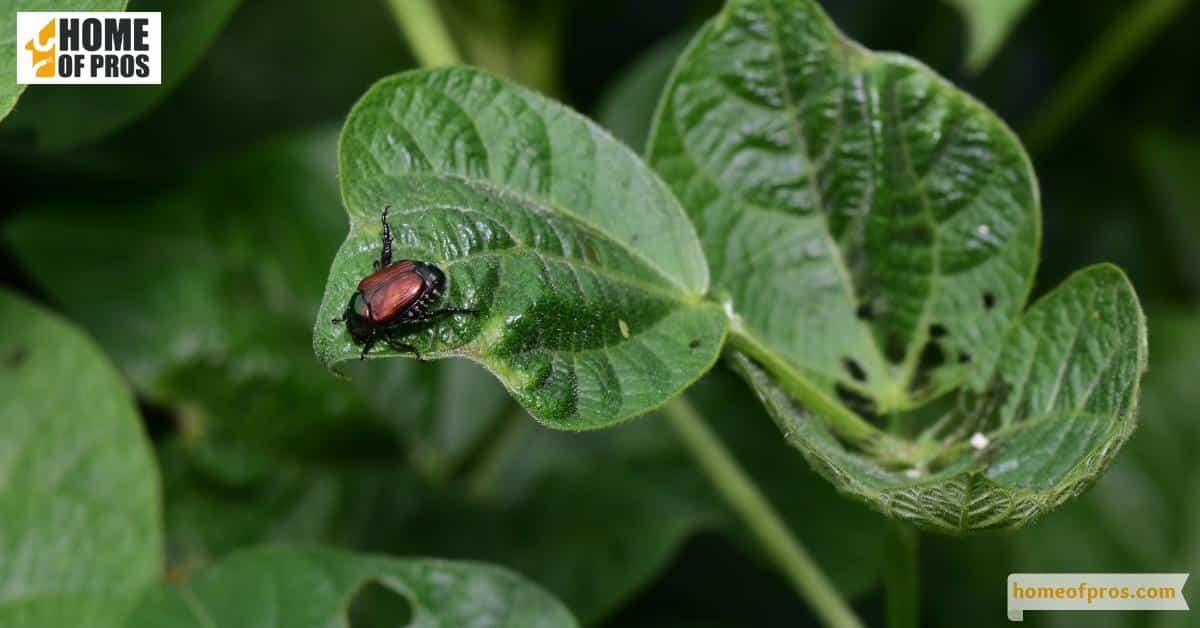
11. Handle an Outbreak
If you find yourself in the unfortunate situation of having a pest outbreak, there are steps you can take to get it under control. Start by identifying the type of pest and determining what their lifecycle is – this knowledge will help you develop an effective plan for handling the problem.
Next, take action with natural remedies such as hand-picking or using beneficial nematodes or insect-repelling plants. Finally, if all else fails, you may need to resort to chemical control measures – however, be sure to read the instructions and safety tips carefully before using any pesticides.
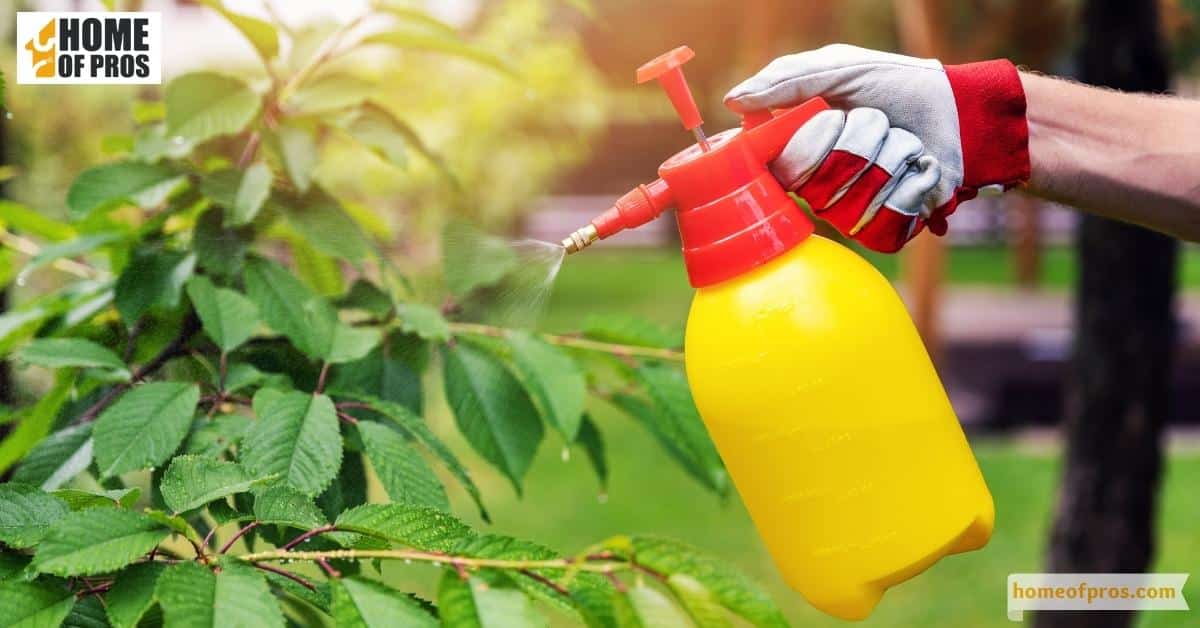
12. Take a Proactive Approach
The best way to manage garden pests is to be proactive rather than reactive. Taking preventative steps throughout the growing season can help you avoid major infestations and keep your plants healthy.
Regularly inspect your crops for signs of pests, provide adequate nutrition through composting or fertilizer, and practice crop rotation and interplanting to break pest life cycles. With some simple preventative measures, you can enjoy a pest-free garden all season long.
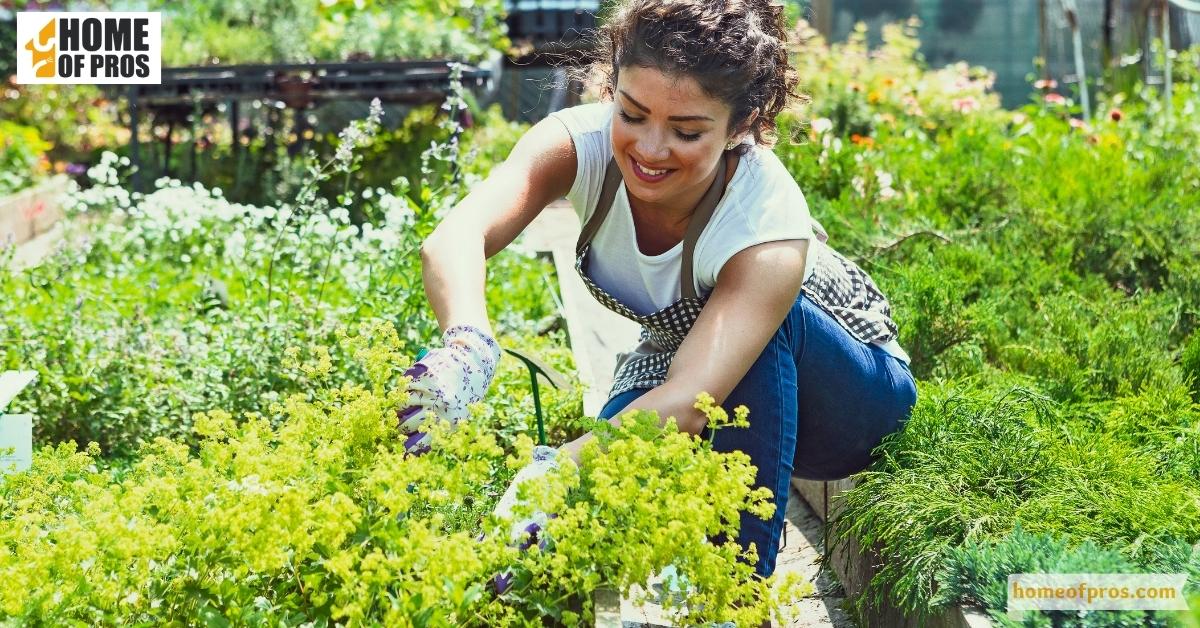
13. Monitor and Adjust as Needed
As with any garden task, it’s important to monitor and adjust as needed. Check your crops regularly for signs of pest damage or infestation, and be proactive in using natural deterrents or chemical control measures if necessary.
Continue to observe your plants’ progress throughout the season and implement changes as needed based on what you see in the garden. By staying vigilant and adjusting your approach accordingly, you can keep pests from ruining your hard work and enjoy a bountiful harvest.
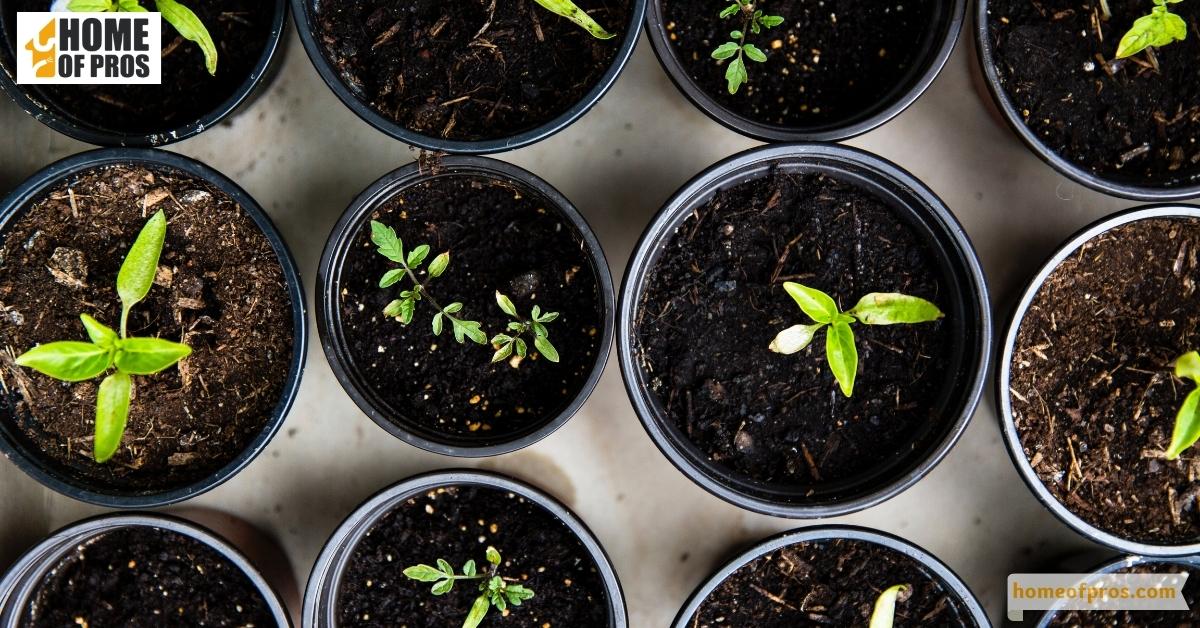
In conclusion
Taking the necessary steps to prevent and control garden pests can make all the difference when it comes to the health and beauty of your garden. By using natural methods such as companion planting, crop rotation, and attracting beneficial insects, you can avoid the use of harmful chemicals and still achieve a successful harvest.
It’s important to stay diligent and regularly inspect your plants for any signs of pest activity. If intervention is needed, there are many non-toxic options available such as diatomaceous earth and neem oil. With a little effort and attention, you can maintain a thriving garden free of pesky pests.

